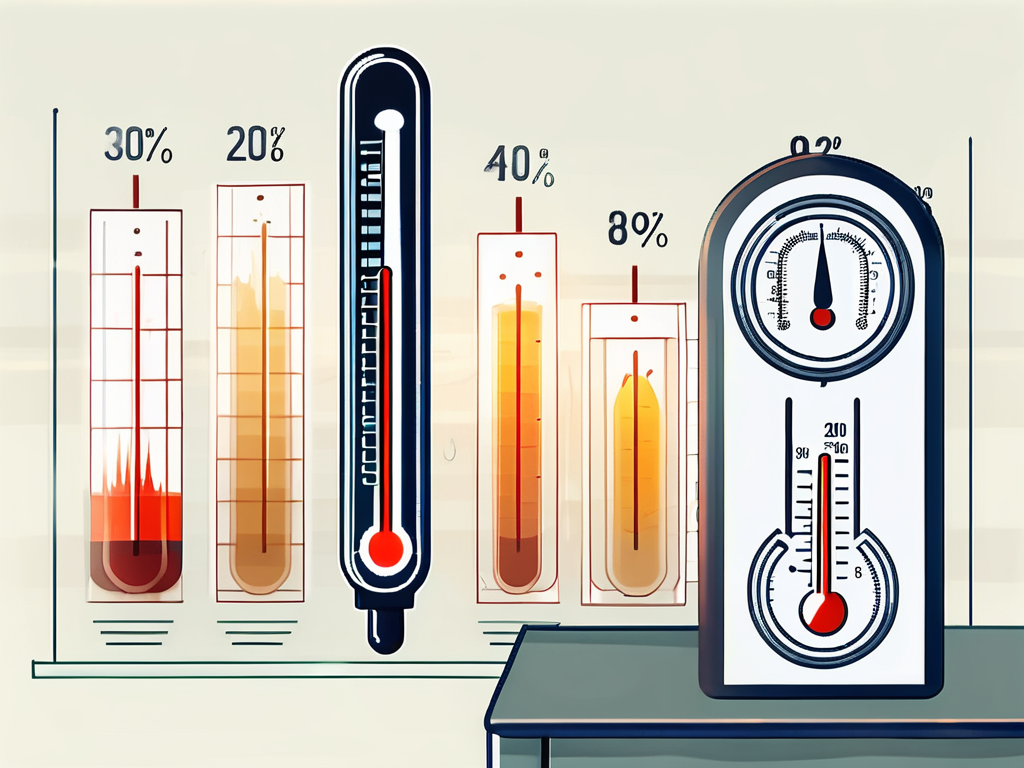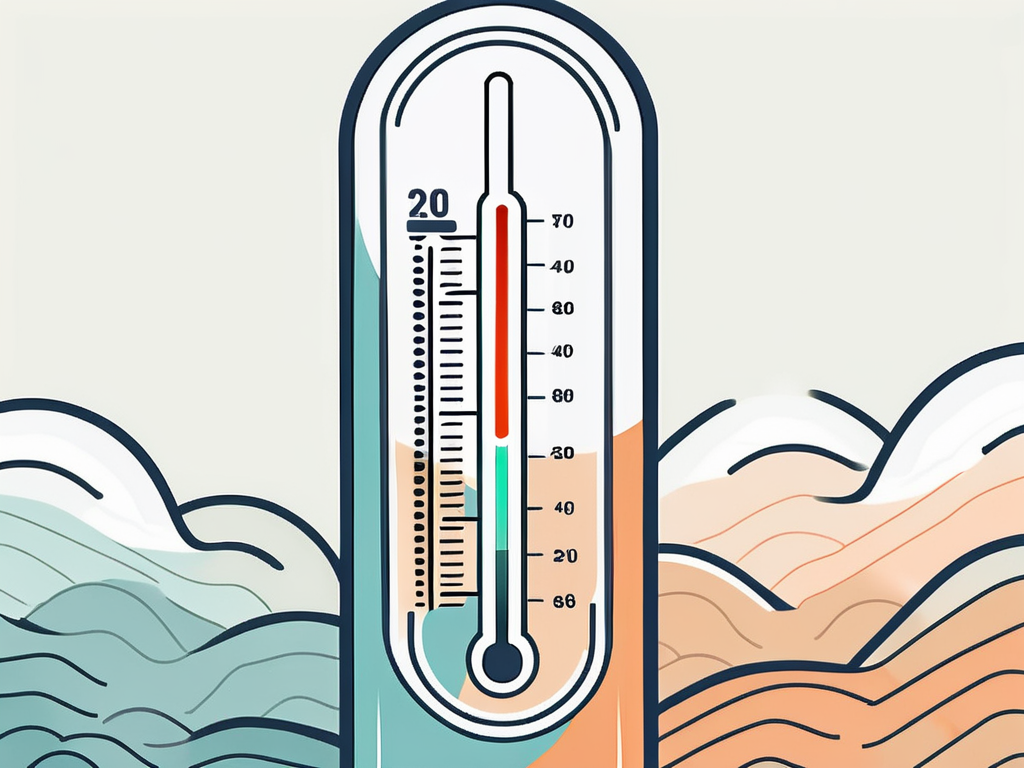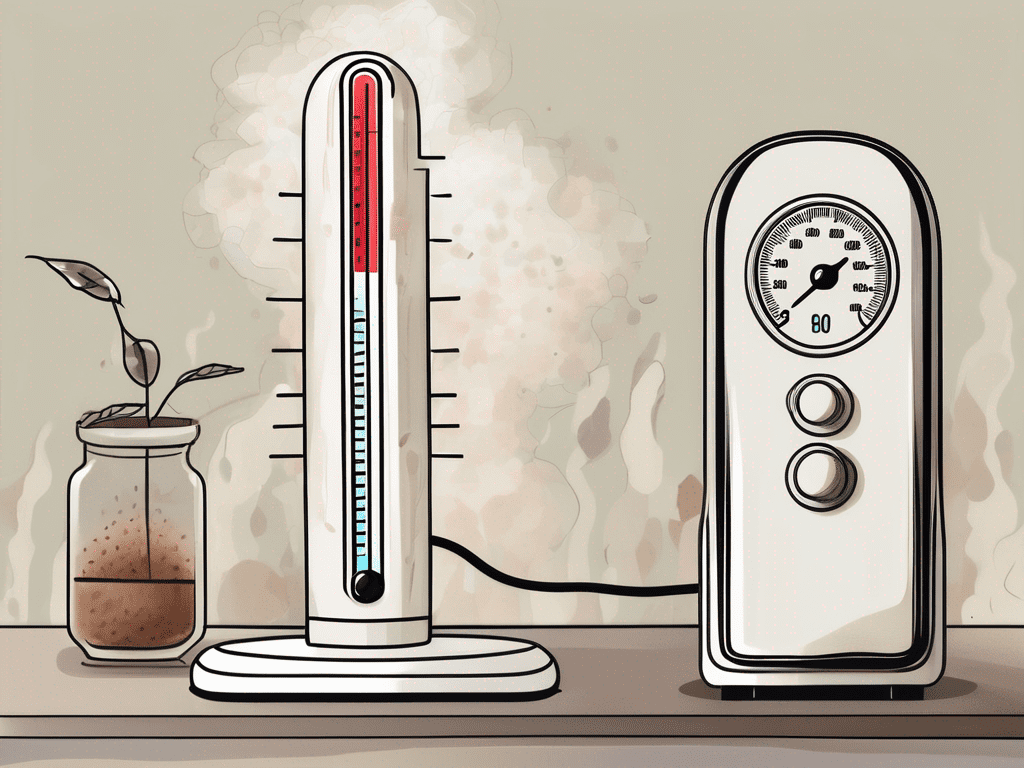The concept of dry-bulb temperature is a fundamental aspect of understanding and controlling humidity. It is a term used in meteorology, HVAC systems, and other fields that deal with air quality and temperature control. This article will delve into the intricacies of dry-bulb temperature, its importance in humidity control, and how it is measured and utilized in various applications.
Understanding dry-bulb temperature requires a basic knowledge of thermodynamics and the properties of air. Air is a mixture of different gases, each with its own unique properties. When we talk about the temperature of the air, we are actually referring to the average kinetic energy of these gas particles. The dry-bulb temperature is a measure of this energy, and it is called ‘dry’ because it does not take into account the moisture content of the air.
Understanding Dry-Bulb Temperature
The term ‘dry-bulb’ is used to differentiate this temperature from the ‘wet-bulb’ temperature, which does consider the effect of moisture. The dry-bulb temperature is the temperature that we commonly refer to in daily life. When you check the weather forecast and see that the temperature is expected to be 20 degrees Celsius, that is the dry-bulb temperature.

It’s important to note that the dry-bulb temperature does not give any information about the humidity or moisture content of the air. Two air samples may have the same dry-bulb temperature but different levels of humidity. This is why, in applications where humidity control is important, other measurements like wet-bulb temperature or relative humidity are also considered.
Measurement of Dry-Bulb Temperature
Dry-bulb temperature is usually measured using a standard thermometer. The thermometer is exposed to the air but shielded from radiation and evaporation. This ensures that the temperature reading is not influenced by these factors and accurately represents the kinetic energy of the air molecules.
There are also electronic sensors that can measure dry-bulb temperature. These sensors work by measuring the resistance of a material that changes with temperature. They are often used in automated systems for climate control, where continuous monitoring and adjustment of temperature and humidity are required.
Factors Affecting Dry-Bulb Temperature
Several factors can influence the dry-bulb temperature. The most obvious one is the heat source. The sun, for example, can increase the dry-bulb temperature during the day. Other heat sources like machinery or heating systems can also raise the dry-bulb temperature.
Wind and ventilation can affect the dry-bulb temperature as well. Wind can carry heat away and lower the temperature, while good ventilation can help distribute heat evenly and prevent hotspots. The dry-bulb temperature can also be influenced by the specific heat capacity of the air, which is the amount of heat required to raise the temperature of a certain volume of air by one degree.
The Role of Dry-Bulb Temperature in Humidity Control
Dry-bulb temperature plays a crucial role in humidity control. This is because the capacity of air to hold moisture depends on its temperature. Warm air can hold more moisture than cold air. Therefore, by controlling the dry-bulb temperature, we can indirectly control the humidity.

For example, in an air conditioning system, the air is cooled down to lower its dry-bulb temperature. This reduces the air’s capacity to hold moisture, causing some of the moisture to condense and be removed from the air. This is how air conditioning can reduce humidity, and why you might see water dripping from an air conditioner on a hot, humid day.
Humidity and Comfort
Humidity control is not just about maintaining the integrity of buildings or preventing mold growth. It’s also about comfort. Our bodies rely on evaporation of sweat for cooling. If the air is too humid, this process is less effective, and we may feel hotter than the actual dry-bulb temperature. This is why a dry-bulb temperature of 25 degrees can feel comfortable on a dry day but uncomfortable on a humid day.
By controlling the dry-bulb temperature and, by extension, the humidity, we can create a more comfortable environment. This is particularly important in buildings like offices or homes, where people spend a lot of time. It’s also crucial in places like hospitals, where patient comfort can affect recovery times.
Humidity Control in Different Industries
Humidity control, and therefore dry-bulb temperature control, is important in many industries. In the food and beverage industry, for example, controlling humidity is crucial for preventing spoilage and maintaining quality. In the pharmaceutical industry, humidity control can affect the efficacy of drugs. In data centers, controlling humidity is important for preventing static electricity, which can damage electronic equipment.
In all these cases, understanding and controlling the dry-bulb temperature is a key part of managing humidity. By ensuring that the dry-bulb temperature is at the right level, these industries can create the optimal conditions for their products, equipment, and people.
Conclusion
The dry-bulb temperature is a fundamental concept in understanding and controlling humidity. By measuring and controlling this temperature, we can manage the moisture content of the air and create more comfortable and effective environments. Whether it’s in our homes, workplaces, or industries like food and pharmaceuticals, the dry-bulb temperature plays a crucial role in our lives.

So the next time you check the weather forecast or adjust your air conditioner, remember that you’re not just dealing with temperature. You’re also dealing with the intricate and fascinating world of humidity control.



